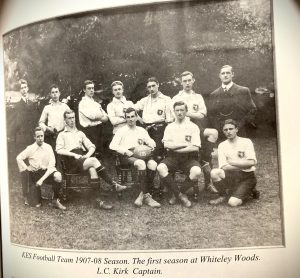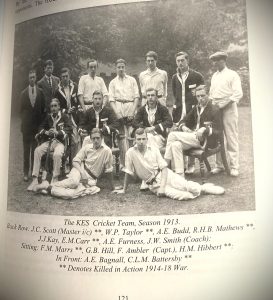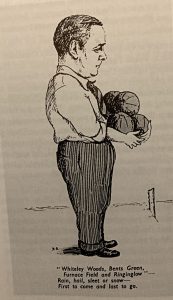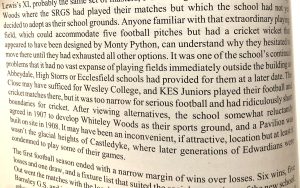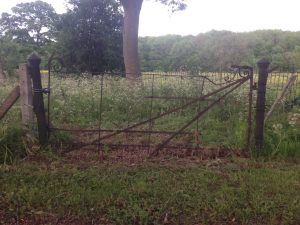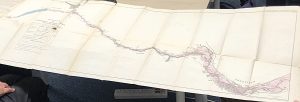Record of FULWOOD HISTORY GROUP MEETING 29th MAY 2025
Present: J.B., A.H., M.L., C.M., D.M.
This month’s meeting took the form of a walk to explore ideas for September’s Heritage Open Days theme of architecture. This is the route we took:
- Old Fulwood Road: former Hammer and Pincers/smithy c. late 18th century cottage?
- Woofindin Road: comparison with modernist building[1] and attitudes towards ‘old’/’modern’ architecture (p. 63 Pitchforth 2024[2]), urban exploration and its contribution to heritage, former NHS building fire 23rd May
- Across road to Slayleigh Lane:
- wooden supports under eaves of houses lining Fulwood Road (modillions?)
- Newfield Court (date?) on site of former parsonage
- Stumperlowe Mansions (late 1930s) modernism e.g. clean lines, use of steel & brick (from local brickworks?), symmetry, verandas with S decoration, design of entrance and windows; concierge and vicarage wall/remains of garden (pp 168-9 Pitchforth 2024[3])
- Continuing along Slayleigh Lane up to Stumperlowe Lane: houses in very similar style to Stumperlowe Mansions scattered around this area – built at same time/same architect?
- Moving up Stumplerlowe Lane into area of former farmland, farms and cottages
- Stumperlowe Grange – view of long driveway; Broom Lawn built on its land
- Onto Stumperlowe Hall Road with an entrance to Stumperlowe Hall – design carved into gateposts based on castle arrow slits; differences in brickwork suggesting changes to entrance; guardstones
- Side of Stumperlowe Grange with stained glass and date of 1863; its outbuildings e.g. Appleby House
- Across road and complex of buildings which were part of Stumperlowe Hall estate: Stumper Lea, cottages – one with cruck, gateposts
- Noted frequency of buildings in area names referencing trees
- Tall chimney of Deepdene
- Demolition and rebuild of houses in area
- Pause at junction of Stumperlowe Crescent Road: view of range of architectural styles – Arts and Crafts; original distinctive style of trellis
- House set back in trees near crest of hill: similar style to Stumperlowe Mansions; view of Ranmoor spire somewhere here?
- Following Stumperlowe Hall Road round with Griffin Sick over wall in grounds of Stumperlowe View Farm
- Range of architectural styles visible from this junction of Stumperlowe Hall Road and Chorley Road, incl. contemporary, 2-year-old house which follows earlier styles – details of brickwork
- Following Stumperlowe Hall Road a little further up to catch site of Stumperlowe View Farm and gennel which follows old footpath which leads into Upper Ranmoor
- Back down to dip of road junctions and then follow ascent of Chorley Road with new builds
- Great Gilling with its stone face; Highlow; Stone Delf referencing former quarry
- Towards junction with Slayleigh Lane and on Slayleigh Lane itself: houses reminiscent of Metroland style with their arched doorways
- Down Slayleigh Lane with Fulwood Sports Club and Bowling Club Pavilions c.1911
- House with raised roof
- Meeting junction with Stumperlowe Hall Road and view of Stumperlowe Hall main entrance – note avenue of trees leading up to entrance,
- Down Stumperlowe Hall Road towards Fulwood Road: herringbone brickwork, former Bowling Green House at number 97
- Windy Corner/Arthwadson House which was showhouse for 1930s Arthwadson estate (pp 166-8 Pitchforth 2024[4])
- Good view of Guild Hall and Storth Cottage from this finishing point
Architectural info: terrace, cottage, villa, semi-detached, detached, Tudorbethan – beginning in the Edwardian era, continuing through the 1920s and 1930s, ‘debilitated Queen Anne style’[5], Illustrated Glossary of Architectural Terms, Glossary of Architectural terms,
Next month’s meeting 19th June at Broomhill Library tbc.
[1] For information about Sheffield’s modernist buildings: https://modernmooch.com/
[2] Pitchforth, K. (2024). From Village to Suburb. A History of Fulwood between 1880 and 1940. Arc Publishing
[3] ibid
[4] ibid
[5] Page 21, Edwards, A. 1981. The Design of Suburbia. Pembridge Press

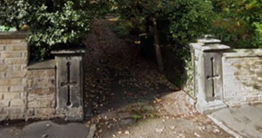
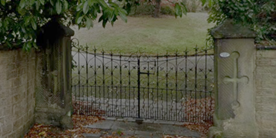
 Glossop Road, Broomfield Road, Stumperlowe Hall Road, and a variation of the design in Mount View, Glossop Road
Glossop Road, Broomfield Road, Stumperlowe Hall Road, and a variation of the design in Mount View, Glossop Road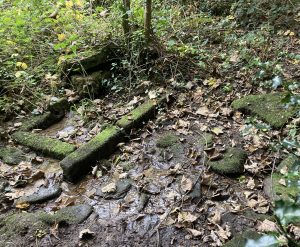
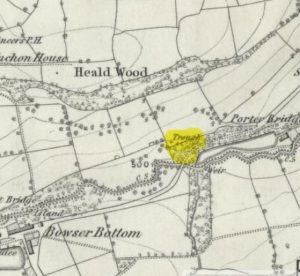





 1850s Reproduced with the permission of the National Library of Scotland
1850s Reproduced with the permission of the National Library of Scotland 1938/47 Reproduced with the permission of the National Library of Scotland
1938/47 Reproduced with the permission of the National Library of Scotland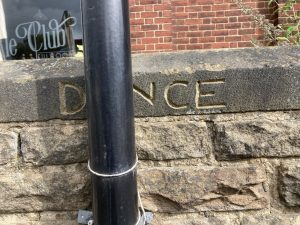
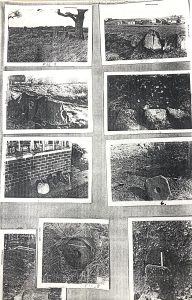
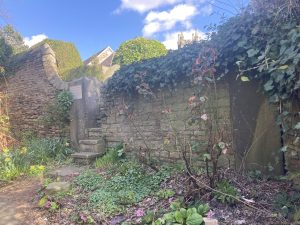
 1903
1903
